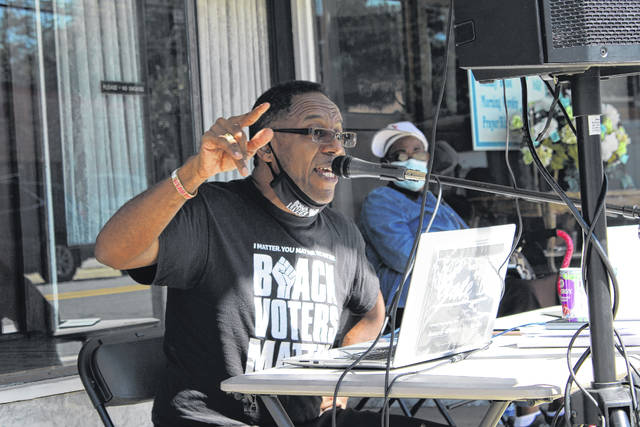
From a day to a week, Women’s History Month truly began in earnest in 1978 Santa Rosa, California. (File photo).
The history behind Women’s History Month dates back all the way to March 1911 when the world first celebrated International Women’s Day. The global event celebrated the economic, political and social achievements of women. Soon after, many countries around the world began celebrating the holiday with demonstrations and educational initiatives. Some developed customs such as presenting women with gifts and flowers.
The United Nations have sponsored International Women’s Day since 1975. When adopting its resolution to observe International Women’s Day, the United Nations General Assembly listed the following reasons: To recognize the fact that securing peace and social progress and the full enjoyment of human rights and fundamental freedoms require the active participation, equality and development of women; and to acknowledge the contribution of women to the strengthening of international peace and security.
From a day to a week, Women’s History Month truly began in earnest in 1978 Santa Rosa, California. A local celebration, the Education Task Force of the Sonoma County (California) Commission on the Status of Women, planned a “Women’s History Week” in 1978. Organizers of the event designated the week of March 8 for the celebration in order to correspond with International Women’s Day.
Schools across the district got involved, with presentations given at dozens of schools. As part of the festivities, hundreds of students participated in a “Real Woman” essay contest and a parade was even held in downtown Santa Rosa to mark the occasion.
The movement to honor women continued to pick up steam, and communities across the country began joining in with celebrations of their own during the week.
Finally, in February 1980, President Jimmy Carter issued the first Presidential Proclamation declaring the Week of March 8th 1980 as National Women’s History Week. After Carter, other Presidents continued to proclaim National Women’s History Week each March.
In 1987, Congress passed Public Law 100-9, which designated March as “Women’s History Month.” Between 1988 and 1994, Congress continued to pass additional resolutions requesting and authorizing the President to designate March of each year as Women’s History Month.
Beginning in 1995, every United States president issued an annual decree designating the month of March as “Women’s History Month.”
Every year, the National Women’s History Alliance selects a yearly theme.
Women’s History Month 2025 will take place Saturday, March 1 through Monday, March 31, and this year’s theme is “Moving Forward Together! Women Educating & Inspiring Generations.”

